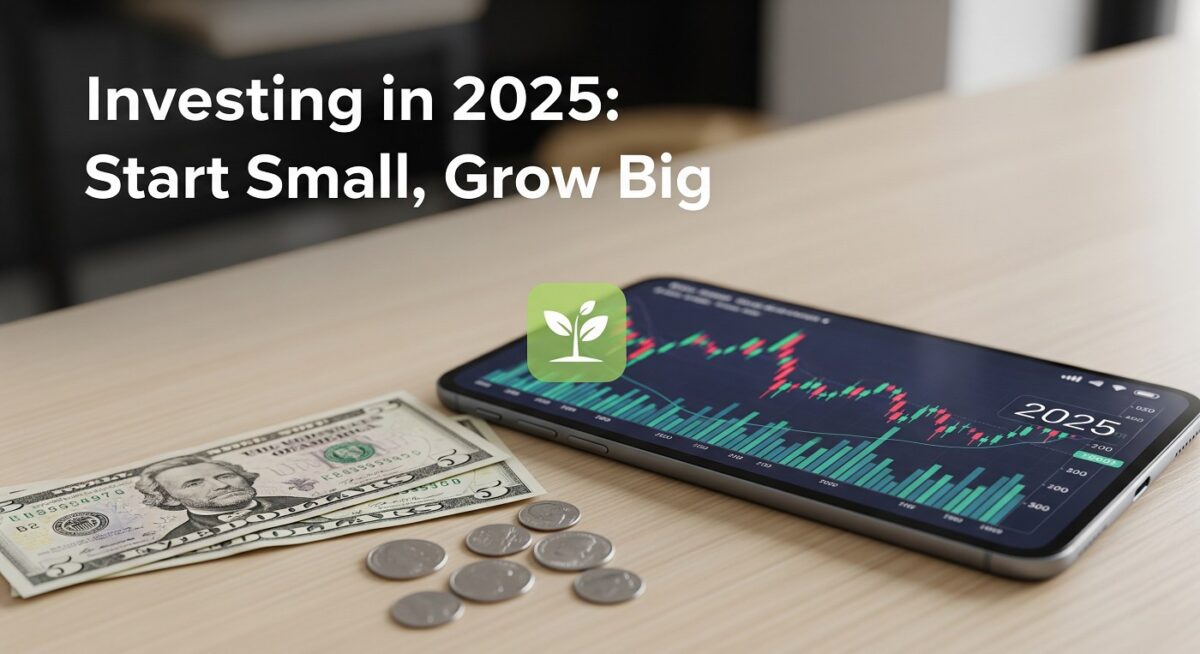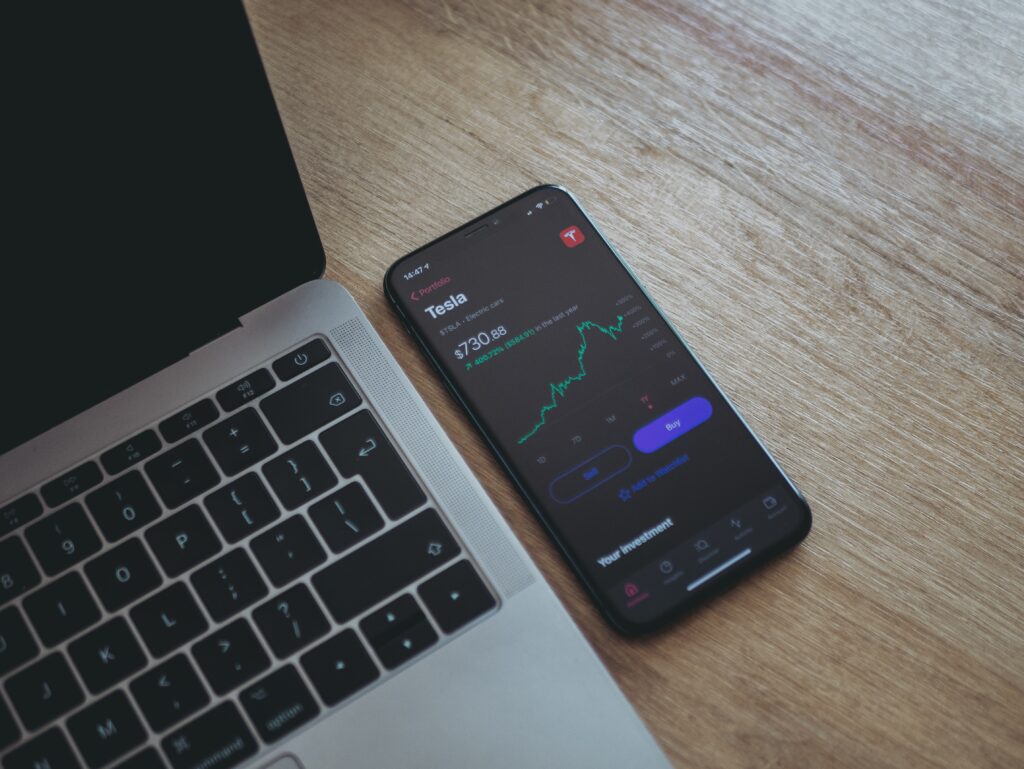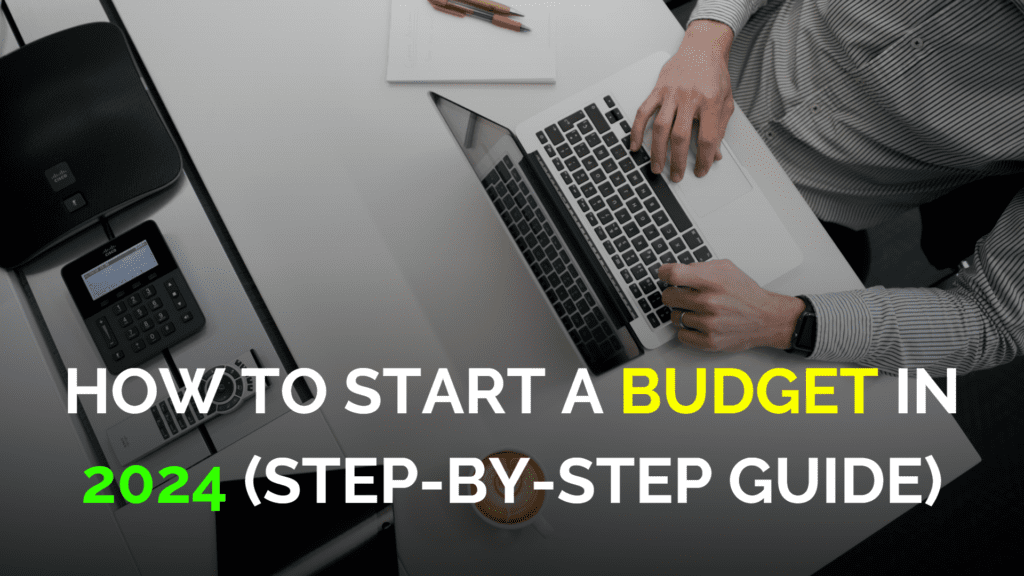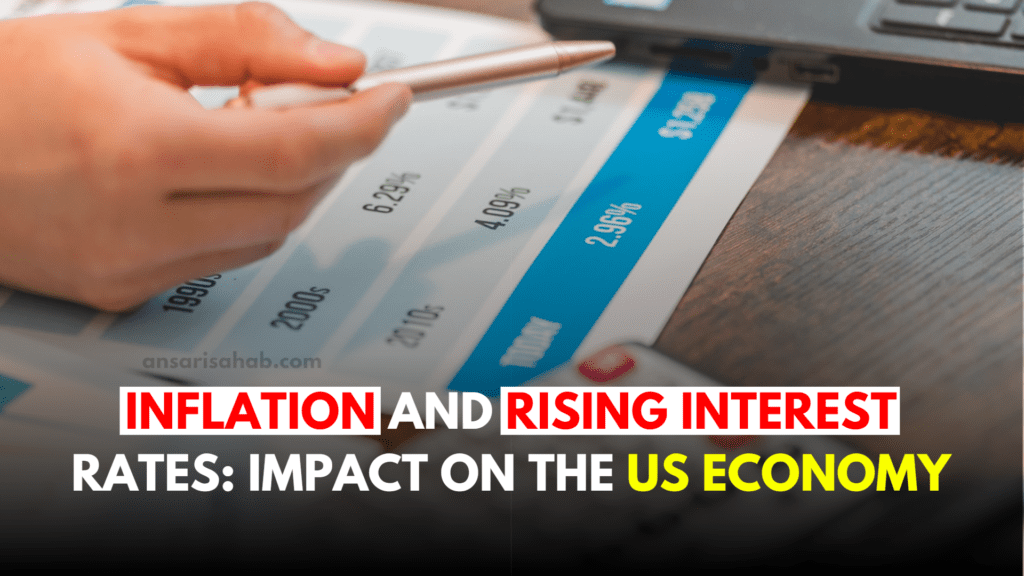Reader Snapshot: What People Really Mean by “How Much Money Do I Need?”
When people worldwide search “how much money do you need to start investing”, they’re usually asking three things:
- Will my small amount even matter? They worry that starting with $50 or $100 is pointless.
- Can I invest without messing up? They want a simple, low-risk path that doesn’t require picking the next hot stock.
- What’s the minimum for “global” investing? They want access to U.S., European, and emerging market stocks/ETFs without high barriers.
Behaviorally, most readers abandon the journey when they hit fee confusion, FX conversion anxiety, or analysis paralysis. The antidote is clear budget playbooks, low-cost vehicles, and habit-based contributions.
Quick Answer First: A Practical Range
- $10–$50:
- Use fractional shares or low-min ETFs if available in your country.
- Automate monthly buys into a broad market fund.
- Goal: build the habit, not chase performance.
- $100–$500:
- Start a core global ETF position (or a local index if that’s cheaper).
- Add a small “learning” sleeve (5–10%) for one or two quality stocks.
- Goal: diversify cheaply, learn order placement, control fees.
- $1,000–$5,000:
- Create a 3-fund core (home market + global ex-home + bond or cash-equivalent).
- Add 1–2 thematic or sector ETFs if you must—but cap them.
- Goal: balanced, boring, compounding.
- $10,000+:
- Full asset allocation (equities + fixed income + cash buffer).
- Consider tax-efficient wrappers available in your country.
- Goal: optimize taxes/fees, refine contributions, rebalance annually.
What Actually Determines the Money You Need
- Fees & Commissions:
Even a $1 fee on a $20 purchase is a 5% hurdle. With small amounts, favor no-commission or low-fee platforms and batch your buys (e.g., monthly). - Fractional Shares Availability:
If your broker supports fractional shares, you can buy $10 of a $300 stock. If not, you’ll need enough cash to buy at least one whole share or use low-cost ETFs. - Diversification Needs:
You don’t need 30 stocks on day one. A single broad ETF can diversify instantly across hundreds or thousands of companies. - Time Horizon:
The shorter your horizon, the more you should prioritize stability (higher cash/bond mix). The longer your horizon, the more equities make sense. - FX & Access:
Global investing often involves currency conversion. Look for brokers with fair FX rates and consider funds listed in your local currency to reduce costs.
Starting From Anywhere: Global Realities
- United States & Canada:
- Widely available no-commission brokers, fractional shares, and low-cost ETFs.
- Tax-advantaged accounts (e.g., IRAs, TFSAs) can shelter growth.
- UK & Europe:
- Access to UCITS ETFs for global exposure; watch stamp duty (UK) and platform fees.
- Fractional shares increasingly available; FX costs vary.
- India:
- Domestic brokers provide access to Indian equities and India-listed ETFs; LRS route (where applicable) allows limited foreign investing.
- Focus on expense ratios and brokerage slabs.
- Middle East (e.g., UAE, Qatar, KSA):
- Local brokers for GCC markets; many international platforms allow global ETFs/stocks.
- Compare account minimums, custody/platform fees, and FX spreads.
- Southeast Asia & Africa:
- Growing access to low-fee brokers and regional ETFs.
- Consider regional index funds and global ETFs cross-listed locally.
Wherever you are, the pattern is the same: start with what’s cheapest and simplest in your jurisdiction, then layer global exposure as your account grows.
Build-By-Budget Playbooks
If You’re Starting with $10–$50 (or local equivalent)
- Vehicle: A broad market ETF or index fund via fractional purchases.
- Frequency: Automate a monthly contribution (e.g., $10–$25).
- Rules:
- Ignore day-to-day price moves.
- Revisit allocation only every 6–12 months.
- Why it works: Habits trump headlines. Time in the market > timing the market.
$100–$500
- Core: 80–90% in a global or regional broad ETF.
- Explore: 10–20% max in 1–2 quality large-cap stocks to learn.
- Tactics:
- Batch buys monthly to reduce fee drag.
- Keep a tiny cash buffer for dips (but don’t obsess over perfect timing).
- Goal: Learn execution, control fees, and stay diversified.
$1,000–$5,000
- Allocation Template:
- 60–80% equities (global/core)
- 10–30% bonds or high-quality cash equivalents
- 0–10% “thematic curiosity”
- Systems:
- Quarterly or annual rebalancing bands (e.g., ±5%).
- Automate monthly contributions.
- Optimization: Prefer accumulating ETFs (where suitable) to simplify reinvestment.
$10,000+
- Comprehensive Policy:
- Set an Investment Policy Statement (IPS): targets, bands, contribution schedule.
- Consider tax wrappers and withholding tax on international dividends.
- Risk Controls:
- Use a simple rule like “no single position > 10% at cost” (except your broad ETF).
- Refinement: Annual fee audit; negotiate or switch brokers if costs creep up.
Risk & Return: Setting Expectations
- Volatility is normal: A globally diversified equity fund can easily swing ±10–20% in a year. That’s not failure—that’s the price of long-term growth.
- Compounding needs time and contributions: A small monthly buy compounds wonderfully over 5–10 years. Large, irregular lump sums often feel riskier and are harder to time.
- Sequence risk matters: If you’re investing for near-term goals, reduce equity exposure. If your goal is 7+ years out, equity weight can be higher.
A realistic mindset: You don’t need a lot to start—but you do need consistency.
Costs That Quietly Kill Small Accounts
- High Minimum Tickets: If your platform charges a flat commission, avoid tiny, frequent orders. Batch monthly.
- FX Conversion: A 1% hidden FX spread is a big tax on small buys. Compare platforms or use local-currency funds.
- Custody/Platform Fees: Some brokers charge annual or monthly account fees—be sure your investment size justifies them.
- Bid-Ask Spreads: Thinly traded ETFs or small caps can cost you in slippage. Prefer high-liquidity instruments.
- Behavioral Fees: Chasing headlines and overtrading is the most expensive habit of all.
Step-by-Step Starter Checklist
- Define your goal & horizon: Retirement (20+ years), a home (5–7 years), or skill-building (open-ended)?
- Pick your platform: Prioritize low fees, fractionals (if needed), and global ETF access.
- Choose your core: Start with one broad, low-cost index fund/ETF.
- Decide your contribution: Even $10–$50 monthly works if automated.
- Add a safety sleeve: Keep short-term needs in cash or bonds; don’t risk rent money.
- Automate & forget: Automatic deposits and buys prevent procrastination.
- Rebalance simply: Once a year, nudge allocations back to target—no heroics.
- Increase as you grow: When income rises, bump your monthly amount by 10–20%.
FAQs
A: Yes—if your broker offers fractional shares or low-minimum index funds. The key is automation and patience.
A: Not necessarily. The cost of waiting (lost compounding and lost habit formation) often exceeds the benefit of starting bigger later—provided fees are low.
A: Start with local low-cost index funds/ETFs. As access improves, add a global tracker. Pick the lowest-fee path available now rather than waiting for the perfect setup.
A: For most beginners, a broad ETF is a smarter first step. If you’re curious, cap single-stock exposure at 5–10% while you learn.
A: The right amount is whatever you can invest consistently without stress. Structure beats size.
Conclusion: Start Small, Systemize, Scale
You don’t need a fortune to begin. The real answer to “how much money do you need to start investing” is: enough to start the habit—even $10–$50 monthly can work if fees are low and you use diversified vehicles. As your income grows, scale your contributions, keep costs down, and rebalance once a year. That simple, global, rules-based approach beats the majority of well-intentioned but inconsistent strategies.
Bottom line: The money needed to invest in the stock market is far less than the discipline required to keep investing. Start where you are, automate the next step, and let time do its work.









